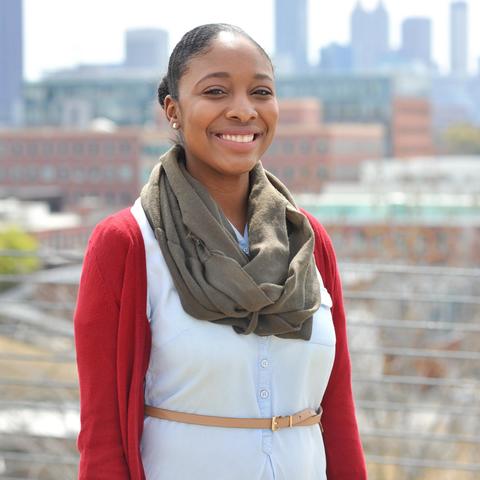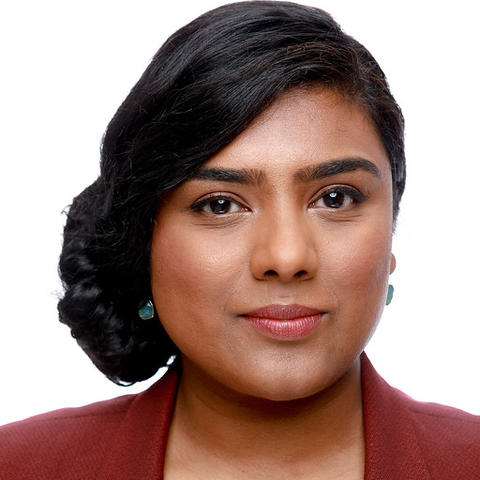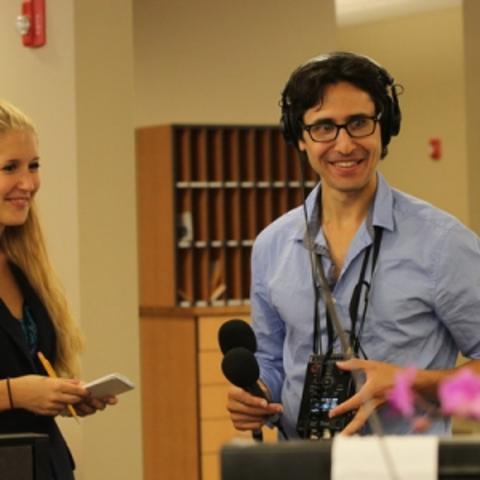Section Branding
Header Content
On Second Thought For Wednesday, April 25, 2018
Primary Content
For Mark Sanchez, being a peach grower means "you pretty much stay worried all year. That's because for peaches to bloom in the spring, peach trees have to stay cold in the winter. At Lane Southern Orchards in Fort Valley, Georgia, that means getting 650-850 "chill hours" — or hours under 45 degrees Fahrenheit — between November and February. But last year, conditions didn't even come within range. By Sanchez's estimate, Fort Valley only got about 550 cold hours. Whereas a typical peach season goes through mid-August, Lane wrapped up operations in early July. So after this year's cold winter, Sanchez, Lane's CEO, is more optimistic. We talked to him about what we can expect from this year's peach season and what makes Georgia the peach state even though other states have surpassed our production levels.
On Second Thought for Wednesday, April 25, 2018.
Ready to put your winter clothes away? Not so fast. Although temperatures across the state are predicted to reach into the 70s this weekend, cooler than average spring weather is projected to stick around Georgia until at least the beginning of May. In Atlanta, lows have approached century-old records for this time of year. In middle and south Georgia, the National Weather Service projects a 40 percent chance of below normal temperatures. We spoke with Greg Postel of The Weather Channel to find out why some of us still need to use turtlenecks in late April, and what might be some of the environmental consequences of below average temperatures this time of year.
Every year, the George Foster Peabody Awards honor “stories that matter.” Founded and archived at the University of Georgia, the awards are often called the Pulitzer Prize of Broadcast. This year's winners include HBO's "Insecure," Netflix's "Hasan Minhaj: Homecoming King," Vice News's coverage of the violent neo-Nazi rally in Charlottesville, Virginia, and the "S-Town podcast" from This American Life and Serial. We spoke with Peabody Awards director and UGA professor Jeffrey P. Jones about what makes the winners Peabody-worthy.
Studies from the Breast Cancer Research Foundation show disparities in breast cancer outcomes among African-American women compared to white women. A 2016 Cancer Epidemiology study shows Atlanta has the widest gap in breast cancer mortality rates between African-American women and white women of any U.S. city. That’s with 44 black patients per 100,000 residents dying, compared to 20 per 100,000 white women. Dr. Otis Brawley is a key leader in the American Cancer Society’s work to eliminate disparities in access to quality cancer care. He said the issue starts with a lack of preventive care.





